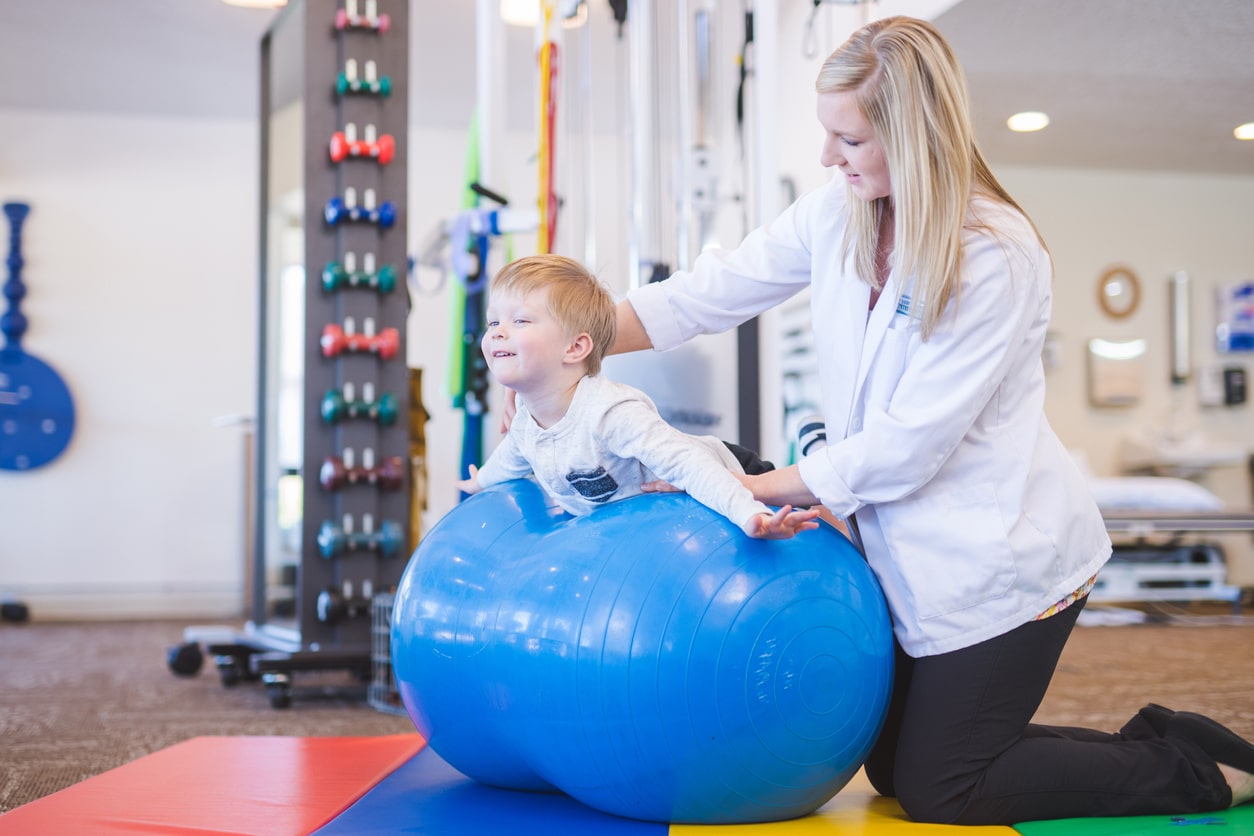Effective Fluid Techniques for Optimal Rehabilitation Post Workout
Wiki Article
Hydration is a crucial aspect of recovery after physical activity. When people engage in physical activity, their systems lose fluids through sweat and breathing. This loss can lead to fluid loss, which negatively impacts restoration and overall performance. To ensure ideal recovery, it is essential to comprehend efficient hydration techniques. Staying adequately hydrated helps replenish lost liquids, restore electrolyte balance, and support physical recovery.

One efficient method for hydration is to drink water prior to, throughout, and after exercise. Taking in water prior to exercise readies the system for physical activity and helps avert dehydration from the outset. Throughout exercise, taking little sips of water can maintain hydration levels, especially in the course of prolonged or vigorous workouts. After exercising, drinking water restores lost liquids and aids in recovery. It is crucial to pay attention to the body and consume water when feeling thirst, as this is a natural indicator of hydration requirements.
In addition to water, sports drinks can be beneficial for hydration, especially following intense exercise. These beverages often include electrolytes such as sodium and potassium, which are click for more info lost through sweat. Replenishing these electrolytes is crucial for muscle function and overall recovery. However, it is important to choose sports drinks wisely, as some have high levels of sugar. Opting for low-sugar or electrolyte-focused drinks can provide the necessary benefits without too many calories.
Another crucial strategy is to observe urine color as an sign of hydration status. A pale yellow color typically indicates proper hydration, while dark urine may indicate dehydration. This easy method helps individuals assess their liquid intake and make modifications as needed. Additionally, eating hydrating foods such as fruits and vegetables can contribute to overall fluid intake. Foods like melon, cucumbers, and oranges have high water content and can support hydration initiatives.
Finally, developing a hydration plan can enhance recovery after physical activity. This strategy should include specific amounts of water and electrolytes to consume based on personal continue reading this activity levels and environmental conditions. By setting hydration goals, people can ensure they fulfill their needs consistently. Adopting these efficient hydration techniques can lead to improved recovery, better performance, and overall health after exercise.